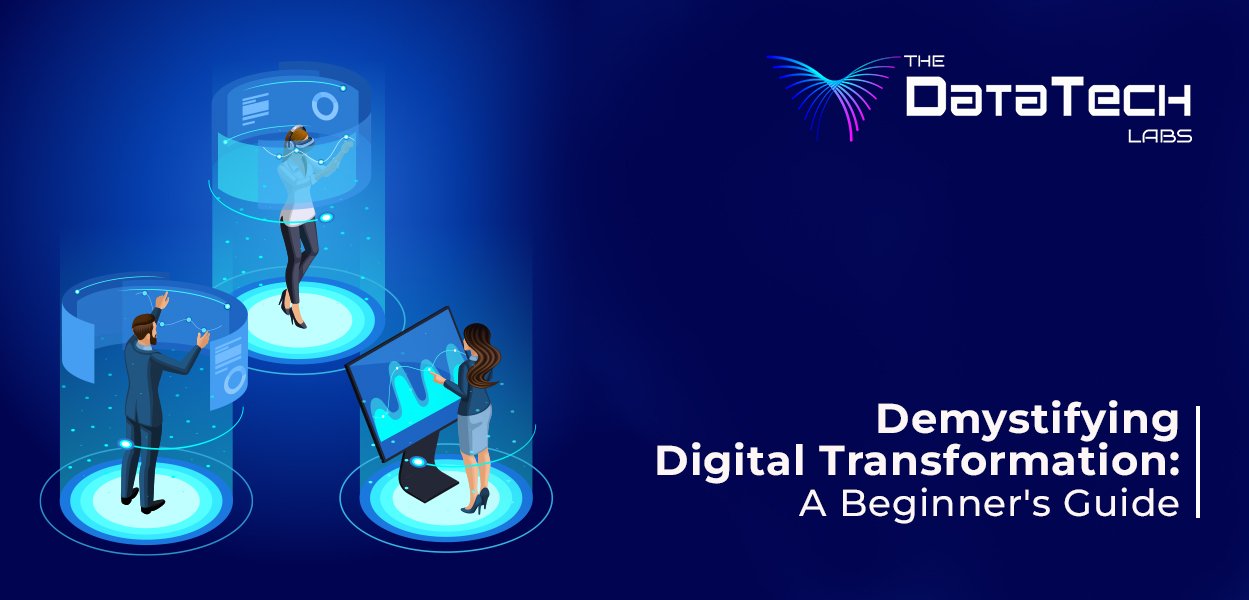Demystifying Digital Transformation: A Beginner’s Guide
In today’s rapidly evolving landscape, the term “digital transformation” has become a buzzword across industries. While many understand its importance, the concept itself can seem daunting and abstract to beginners. What does it entail? How does it impact businesses and individuals? This guide aims to demystify digital transformation, breaking down its components and offering a roadmap for those stepping into this transformative realm for the first time.
Understanding Digital Transformation
At its core, digital transformation is the integration of digital technology into all areas of an organization, fundamentally changing how it operates and delivers value to customers. It’s not merely about adopting new technologies but fostering a cultural shift, reimagining processes, and embracing innovation to stay relevant in an increasingly digital world.
Key Components
Technological Integration
Incorporating cutting-edge tools and technologies like AI, IoT, cloud computing, and data analytics is foundational to digital transformation. These elements enable enhanced efficiency, agility, and scalability.
Cultural Change
Shifting mindsets and fostering a culture of adaptability, innovation, and continuous learning is crucial. Employees need to embrace change and be empowered to explore new ways of working.
Customer-Centric Approach
Placing the customer at the center of the transformation journey ensures that changes align with their needs and preferences, driving better engagement and satisfaction.
Benefits of Digital Transformation
The benefits extend far beyond operational enhancements. They include:
- Improved Efficiency: Streamlined processes lead to increased productivity.
- Enhanced Customer Experience: Personalization and accessibility foster stronger connections.
- Greater Insights: Data-driven decisions enable better strategies and outcomes.
- Competitive Edge: Remaining innovative helps stay ahead in the market.
Steps to Begin
- Assessment: Understand your current state, identify pain points, and envision your desired future state.
- Strategy: Develop a clear roadmap outlining goals, timelines, and resource allocation.
- Implementation: Execute the strategy incrementally, fostering a culture of experimentation and adaptation.
- Evaluation: Continuously assess and adjust your approach based on feedback and outcomes.
Conclusion
Digital transformation isn’t a one-size-fits-all process. It’s a dynamic, ongoing journey that requires commitment, flexibility, and a willingness to evolve. By embracing change and leveraging technology effectively, individuals and organizations can navigate this transformational shift successfully, unlocking new opportunities and staying ahead in a digital-first world. At The DataTech Labs, we understand the intricacies of this journey. Our expertise lies in guiding businesses through their digital transformation, ensuring they harness the full potential of technological advancements while maintaining a focus on innovation and customer-centricity. Join us at The DataTech Labs, and let’s embark on this transformative journey together, shaping a future that’s digitally empowered and strategically advanced.

Leave a Reply